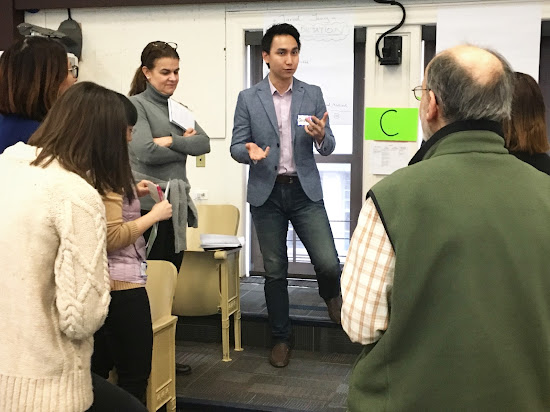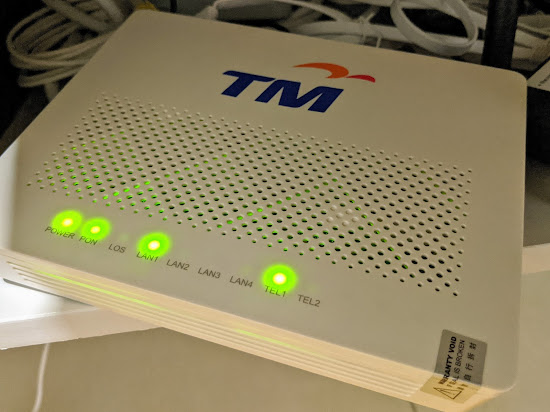Running Dictation Activity | Presented at Celebration of Teaching
 |
| I shared the "Running Dictation" activity during Celebration of Teaching at Teachers College of Columbia University. |
Running Dictation:
Features: Fun, competitive, communicative, collaborative, task-based, employs multiple intelligences (interpersonal, verbal-linguistic, & bodily-kinesthetic) & all four language skills (listening, speaking, reading, & writing).Desired Outcomes: Students negotiate meaning, perform error correction, as well as notice the gap between what they know & are able to produce with what they have yet to learn in the example text.
Materials: Prepared text either written on poster paper or printed on A4 paper. Provide students with poster paper & markers so everyone can see their work.
0. Preparation
-Prepare a text that is relevant to the theme & language goals of the lesson. Prepared text can either be written on poster paper or printed on A4 paper.
-In the video, I prepared a text for an advanced writing ESL class with (1) figurative language, & (2) complex sentences in order to informally assess my students' perception & production of both.
-Post the text in a place within your supervision but out of your students' lines of sight. Students will need to run in order to see the text, but you need to be able to easily monitor them so they don't misbehave/cheat.
1. Team Up!
-Group students into teams of at least 3 students
-Assign roles: 2 runners + 1 scribe
-If there are 5 students in a team, you can have 3 runners + 2 scribes
-Try to balance the language proficiency between groups so that no team has a significant advantage over the others.
2. Run, Dictate, Scribble!
-Runners will run to the text, remember as much as they can, come back, & dictate to the scribes. They can do this over & over until the time is up.
-Scribes will remain at their desks, listen to what the runners say, & write it down on a piece of paper.
-Don't give students too much time as we don't want them to memorize the text. We want them to produce output using their interlanguage.
-In the video, my participants were advanced learners of English so 5 minutes would have sufficed. I have used simpler text with lower proficiency students & given them 10 minutes.
 |
| The expressive text I used for my presentation. |
-In their teams, students will double check their work & try to fix it so that it makes sense. More advanced learners can be told to reconstruct the original.
-5 to 10 minutes should suffice.
4. Share
-Have students display their work & read it to the others. Give students who are not presenting a task: listen & note down what is different between their version & their friends' versions.
-This part induces noticing & will be very entertaining for your students.
-In their groups, have them discuss & reflect on the differences after each reading.
-Have a class sharing on the differences.
5. Compare with Original
-Finally, reveal the original text & give students an active reading task: read the original & compare it with your version.
-In their groups, have them discuss & reflect on the differences.
6. Share
-Have each team share what the differences were & their reflections.
If time is an issue, you don't have to complete the entire activity. Break it down & use the parts that are most relevant to your objectives for your lesson. The most important consideration is that you design the task to induce noticing so that learners become conscious of the gaps in their understanding. When noticing happens, they will be able to acquire your language content (grammar, vocabulary, etc) more meaningfully & be able to more readily use them in both language perception & production.
Hope this was useful to you! Let me know your thoughts in the comments!




